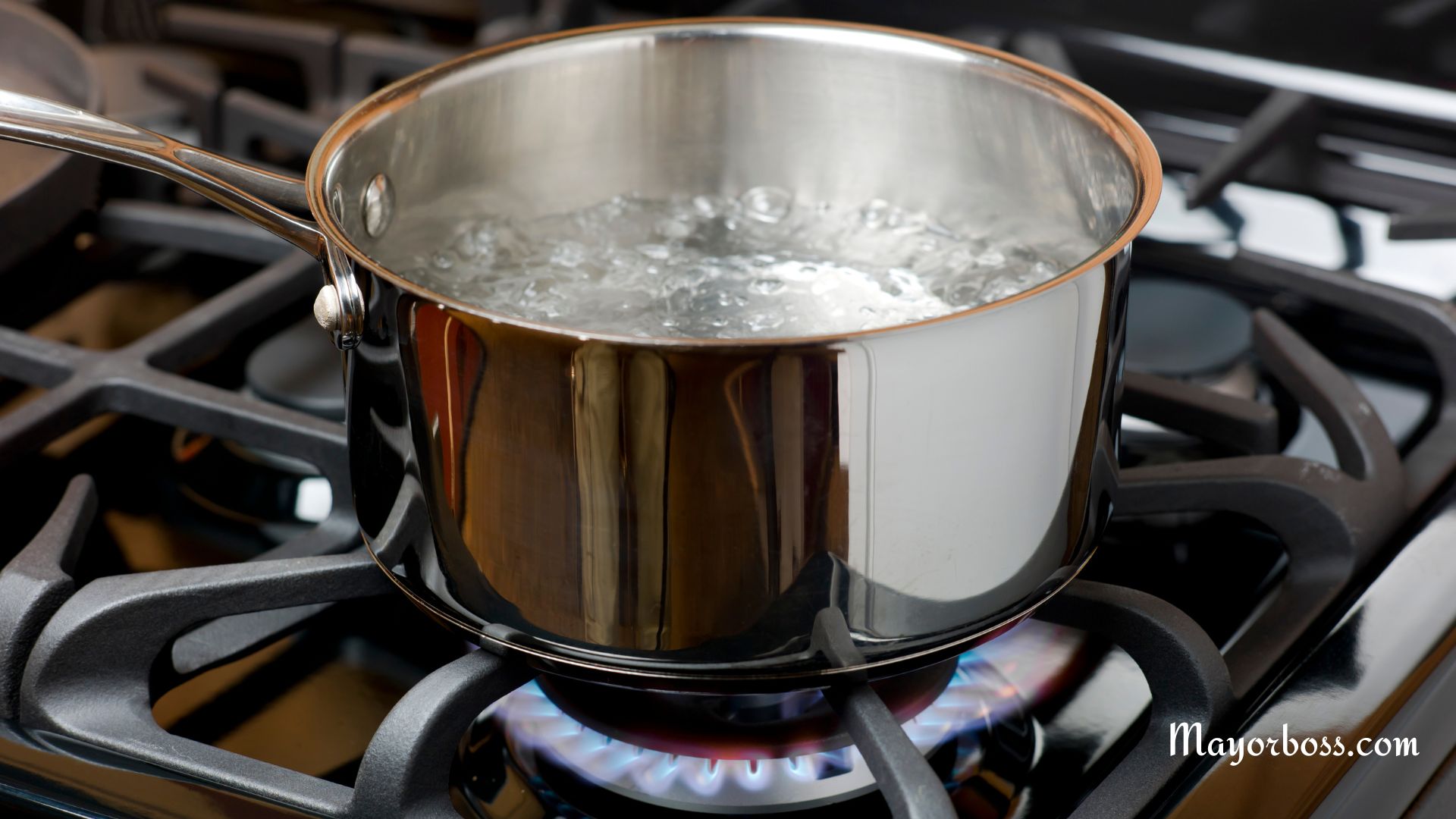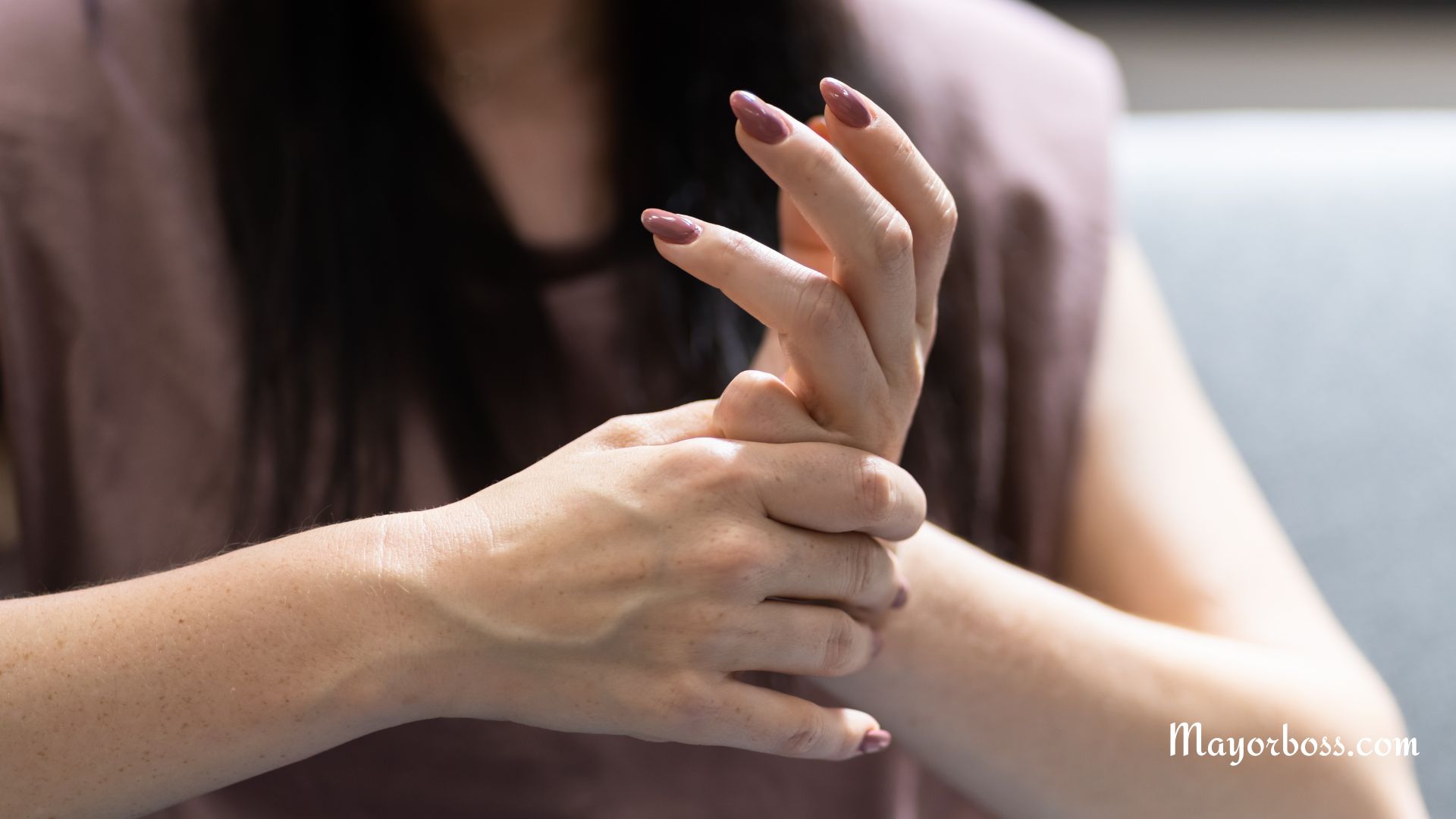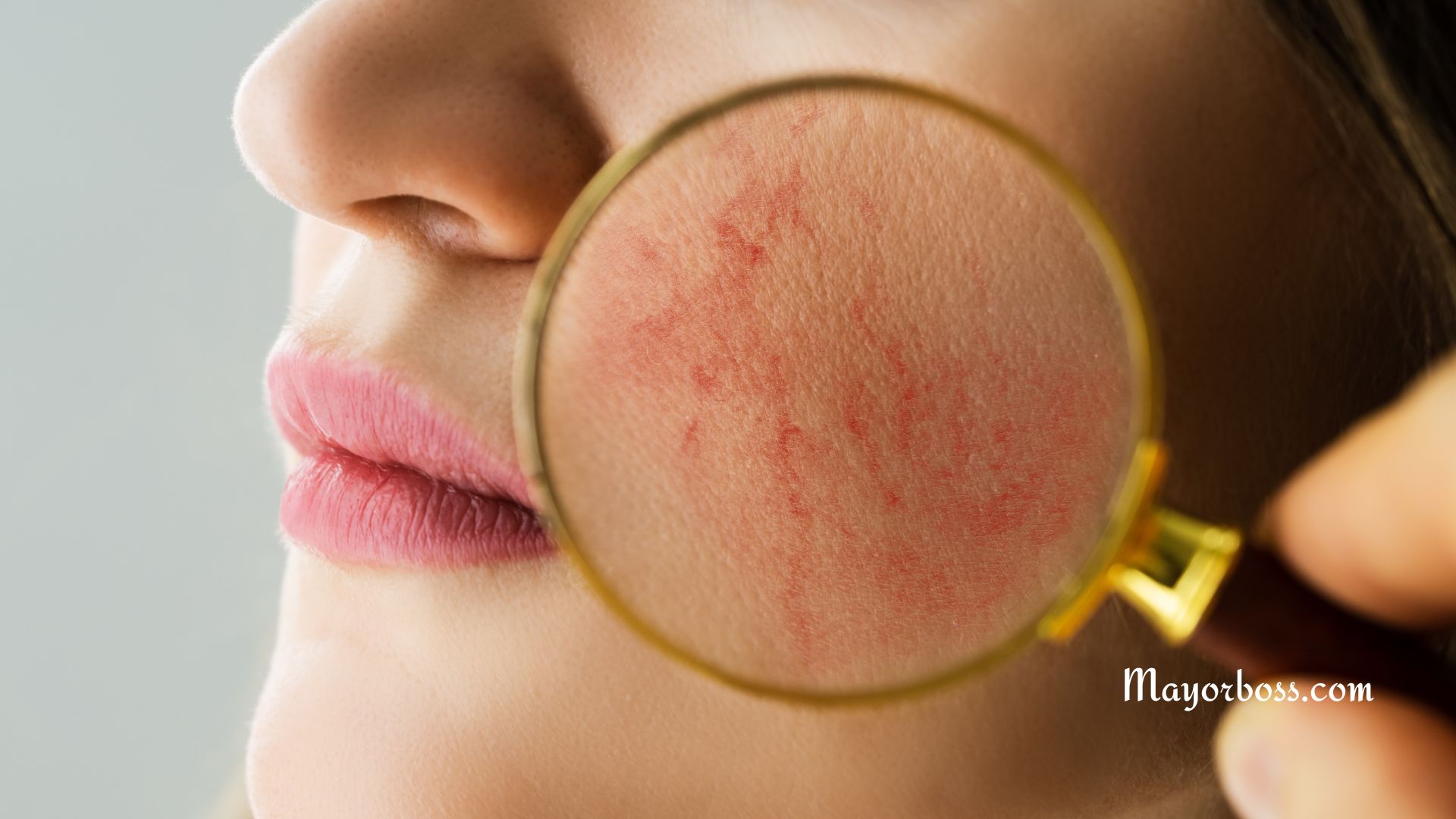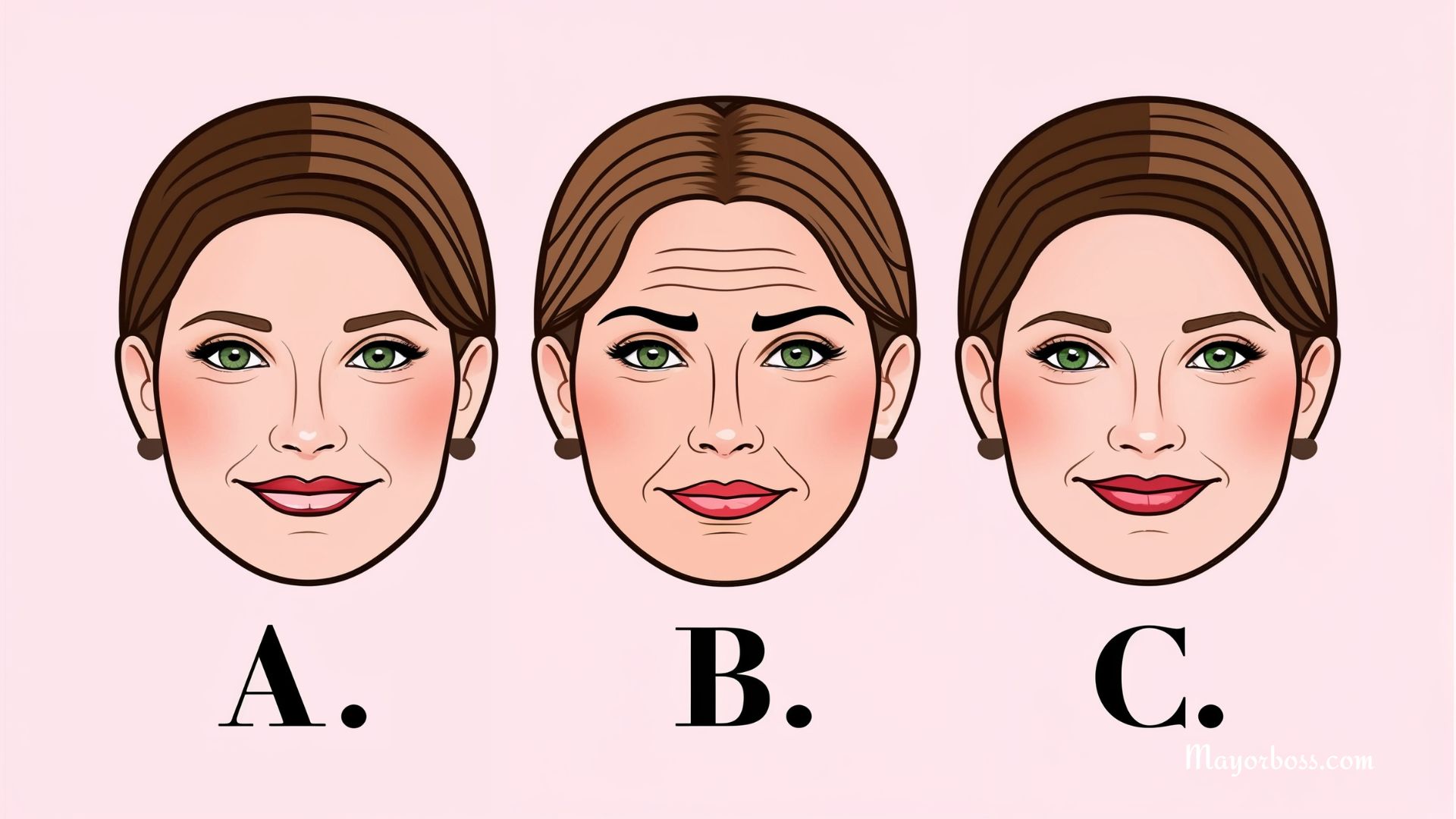Why the Bottoms of Your Feet Are Yellow
If the bottoms of your feet look yellow, there could be a few reasons for it. Some are harmless, but others may point to a health problem. Figuring out why your feet are yellow can help you take the right steps to fix it. It could be something as simple as thick skin or what you eat, but it could also be a sign of an illness. If you’re unsure, seeing a doctor is a good idea.
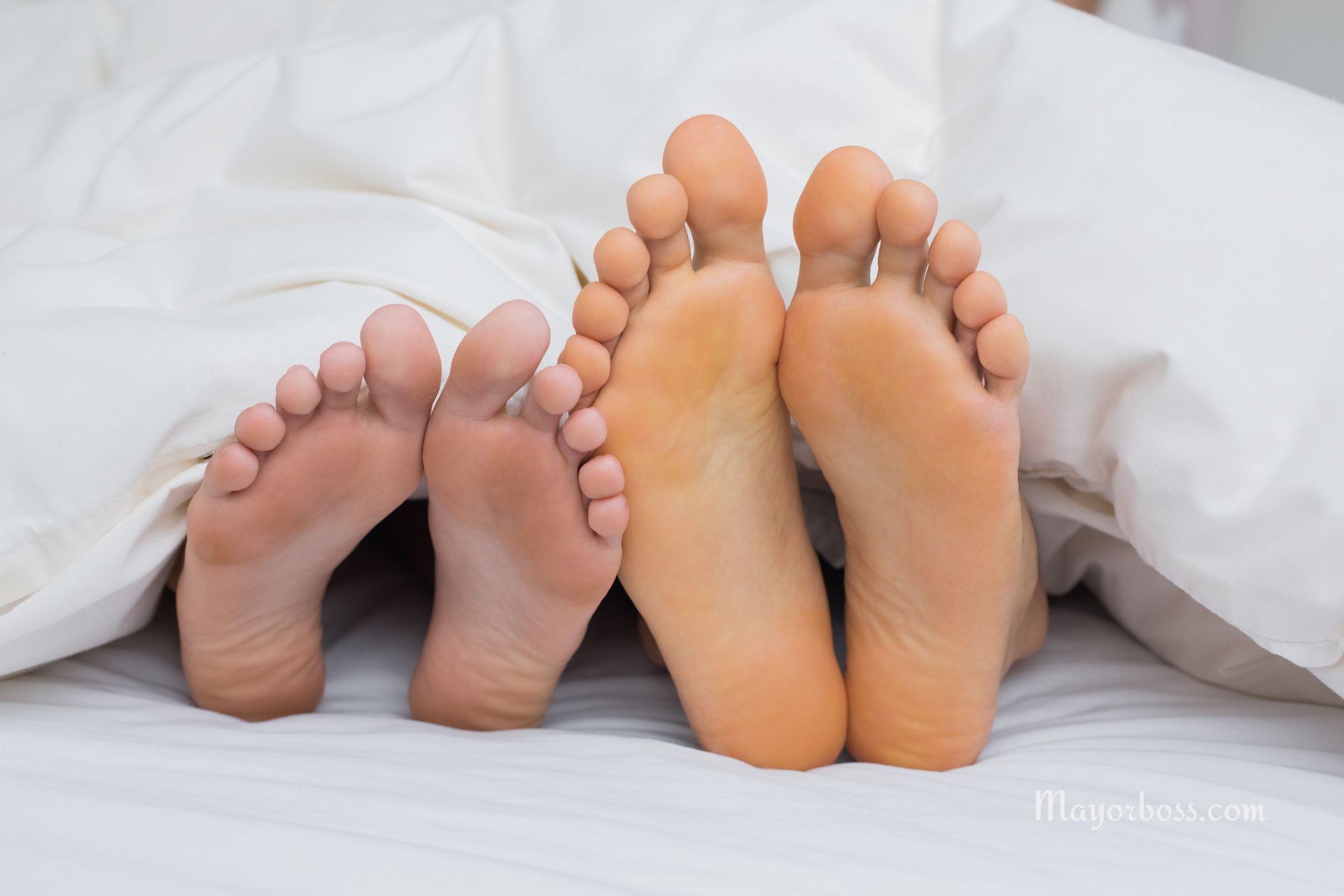
Thick Skin or Calluses Can Make Your Feet Look Yellow
If you walk a lot or wear tight shoes, your feet may develop thick, rough patches called calluses. These can look yellow because of layers of dead skin building up. Calluses are not dangerous, but they can crack and hurt if they get too thick. Regularly scrubbing your feet, using lotion, and wearing comfortable shoes can help keep them soft and prevent calluses from forming.
Yellow Feet Could Be a Sign of Jaundice
Jaundice happens when your body has too much bilirubin, a yellow substance made when old red blood cells break down. When your liver isn’t working well, bilirubin can build up in your skin, making it look yellow. If your feet are yellow and you also feel tired, have dark pee, or feel pain in your belly, you should see a doctor. Liver problems can be serious, so it’s best to get checked out.
Eating Too Many Orange Foods Can Change Your Skin Color
If you eat a lot of carrots, sweet potatoes, or other foods high in beta-carotene, your skin might turn yellow or orange. This is called carotenemia. It is harmless and usually goes away when you eat less of these foods. The yellow color tends to show up more on your hands and feet, but it doesn’t affect the whites of your eyes like jaundice does.
Anemia Can Make Your Feet Look Pale or Yellow
Anemia happens when your body doesn’t have enough red blood cells. This can make your skin look pale or slightly yellow. You might also feel weak, dizzy, or cold all the time. Some types of anemia happen when your body doesn’t get enough iron, so eating iron-rich foods like spinach and beans can help. But in some cases, you may need iron supplements or other treatments.
Diabetes Can Change the Color of Your Feet
People with diabetes sometimes notice changes in their skin, including yellow or brown patches on their feet. This happens because diabetes can affect blood flow and cause skin problems. If you have diabetes, taking good care of your feet is important. Keeping your blood sugar under control and checking your feet regularly can help prevent problems.
Fungal Infections
A foot fungus, like an athlete’s foot, can make your skin look yellow, flaky, or cracked. Fungal infections can be itchy and spread easily. Over-the-counter antifungal creams often help, but if the infection doesn’t go away, you might need a stronger treatment from a doctor. Keeping your feet clean and dry can also help prevent fungus from growing.
Thyroid Problems
Your thyroid is a small gland that controls how your body uses energy. If it’s not working well, your skin may turn yellowish. People with an underactive thyroid (hypothyroidism) may also feel tired, gain weight, or have dry skin and hair loss. A simple blood test can check if your thyroid is working properly, and medication can help balance it out.
Other Causes of Yellow Feet
Sometimes, everyday things can make your feet look yellow. Some lotions, foot creams, or tanning products can cause discoloration. Shoes that make your feet sweat a lot can lead to a buildup of dead skin, which may look yellow. Switching to breathable shoes and mild skincare products can help.
When You Should See a Doctor About Yellow Feet
If your feet stay yellow for a long time or you notice other symptoms like swelling, pain, or tiredness, you should see a doctor. Blood tests and other exams can help find out what’s causing it.
Summary
Yellow feet can have many causes, from calluses to serious health issues like carotenemia, anemia, jaundice, liver problems, or diabetes. If you notice your feet turning yellow, pay attention to other symptoms and consider seeing a doctor if it doesn’t go away.


